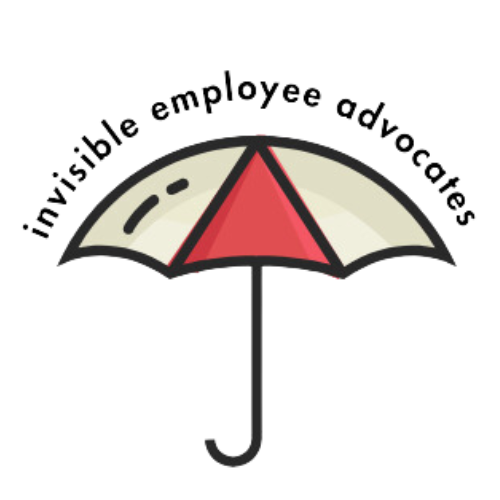Working Caregiver Bereavement: How Employers Can Lead With Empathy
It’s been said that the final stage of caregiving is bereavement. On the one hand, bereavement is indeed the final stage of caring, but on the other hand, bereavement is the beginning stage of something else – grief. Often, where an employee has spent long periods (months or even years) caring for a loved one, the loss of that individual represents more than just the loss of the person; it’s the loss of daily routines and a major part of the caregiver’s identity. This is complicated by workplace cultures that are uncertain about how to welcome the grieving employee back into the fold. Colleagues may be at a loss for what to say to the returning employee, and as a result, they say nothing. This only adds to the employee’s feelings of isolation and loneliness. So, what can employers do to help support their bereaved employees during this difficult part of their care journey? Let’s talk.
Showing Care for Grieving Employee Caregivers
Unfortunately, there is a workplace expectation that employees dealing with the loss of a loved one should move on quickly. The mere presence of the employee back at work is often falsely interpreted as them being ready for business as usual. Consider these two examples of a manager greeting her working caregiver employee on their first day of returning to work:
Example 1. “Good morning, Carol. We have a busy day ahead of us today. I left a report on your desk that I need you to review and provide your comments. We can chat about it later this afternoon.”
Example 2. “Good morning, Carol. I am so sorry for the loss of your husband. I know how devoted you were in caring for him for so long, and I can’t imagine how difficult this must be for you. Just know that the team is here to support you however we can.”
Which manager would you rather work for? The business-as-usual manager or the manager who
showed empathy and compassion for what you’re going through? Most of us would choose the
latter. Unlike the first example, the manager in the second example makes us feel supported and
valued. The first step in showing support for a returning caregiver is by simply acknowledging
their loss. A few kind and thoughtful words can go a long way in lifting employee morale and
building loyalty for a company that cares about them during their dark days of grief.
A review of bereavement leave policies may be in order. Typically, bereavement
policies provide between one and five days of time off for immediate family members.
However, it’s unrealistic to believe that everyone grieves the same. Perhaps a more
extended bereavement policy specifically for caregivers would be more appropriate. Long
periods of caregiving may leave employee caregivers physically and emotionally too depleted
to return to work after only a few days off. Flexible bereavement leave and phased return-to-
work options might be very helpful to an employee returning to work after the loss of a close
relative.
Employers should train their managers to show empathy for returning caregivers.
These employees are already vulnerable and fragile as they struggle with the loss of their loved
one. Managers should be trained to show flexibility and understanding as their team member
tries to acclimate back into the workplace. Managers should also know when to refer an
employee to support services or HR to get the help they need. Grief often shows up as
performance challenges. In empathy’s 2023 Cost of Dying Report 76% of bereaved employees
stated their grief affected their work.
Closing Observations
Death or the loss of a loved one is not a topic that most people feel comfortable navigating, especially at work. Generally, discussing death is considered taboo in our society. But death is an inevitable part of life. It touches all of us. However, the tendency for our society to avoid dealing with death may be the reason for the lack of a federal bereavement policy. Most businesses have adopted bereavement policies, ranging between one and five days; three days being the most commonly used. Interestingly, these timeframes are far from the 20 days that grief experts recommend.
Responding to caregiver grief presents employers with a unique opportunity to lead with human kindness and compassion. They can set the stage for how employee grief is addressed within their work teams, division units, and the organization overall. Employers who respond positively will benefit from the positive consequences of showing support for their grieving employees (e.g., loyalty, job satisfaction, engagement, retention). Remember that people grieve differently. Trying to force employees to grieve within a predetermined set of timeframes and behaviors can result in further feelings of isolation and turnover. We leave you with this final thought:
A great leader must have the COURAGE to make difficult decisions, the COMPASSION to remember that we are all human, and the WISDOM not to exercise one while forgetting the other.
Employers, managers, and HR leaders -- lead with empathy!
Until the next blog!
Thank you for reading, for being here, and for caring!
References:
Why bereavement should be seen as a type of caregiving, empathy.com
Supporting Working Caregivers Through Bereavement: What employers Need to Know. empathy.com
